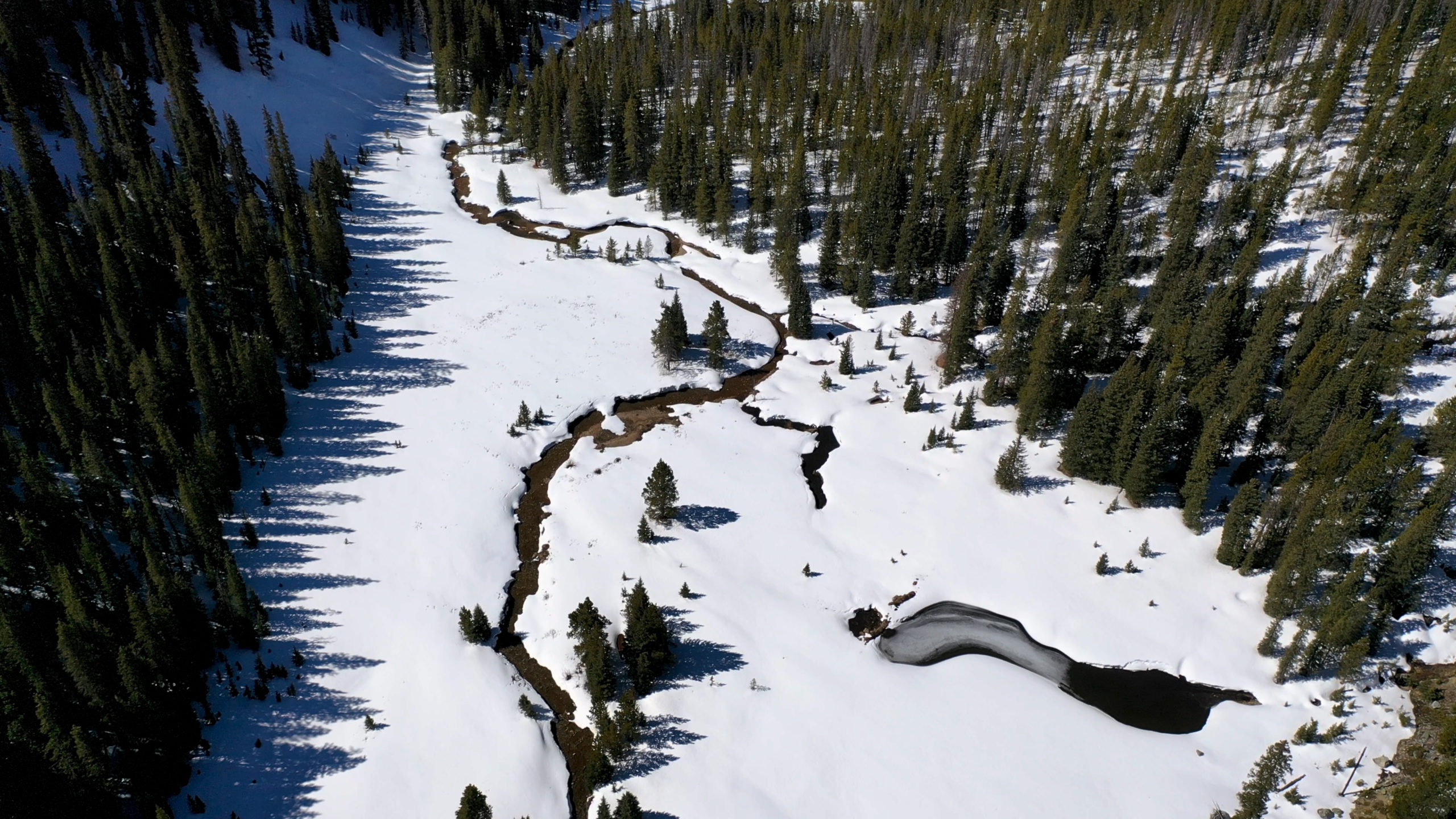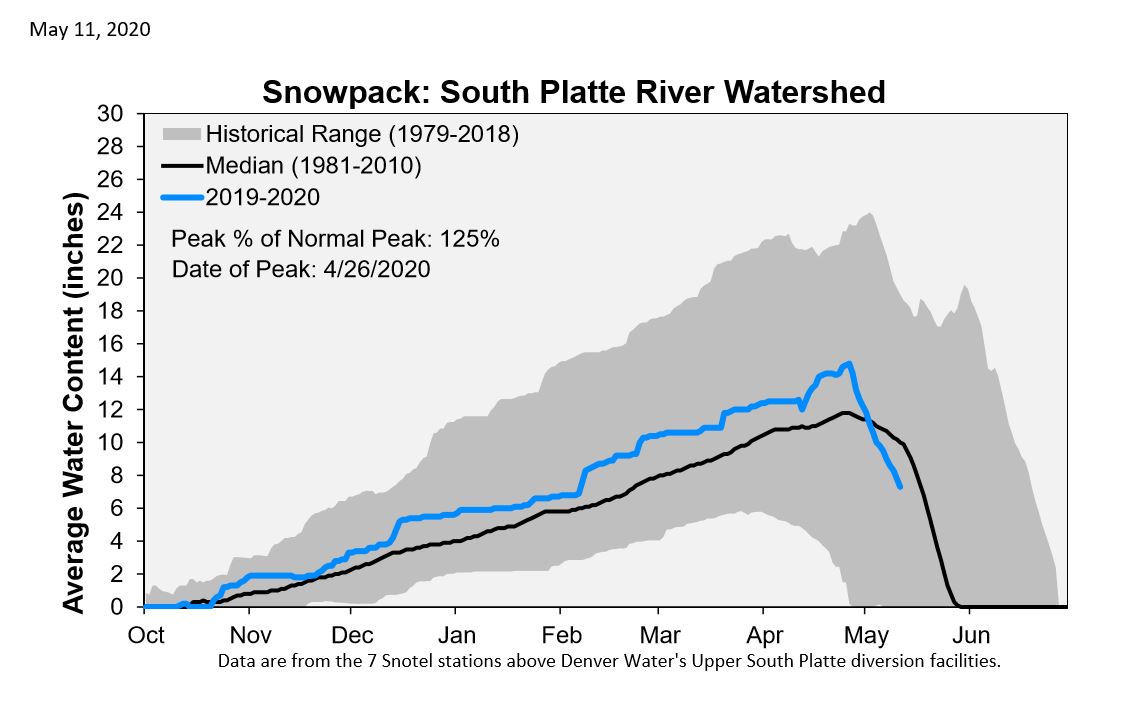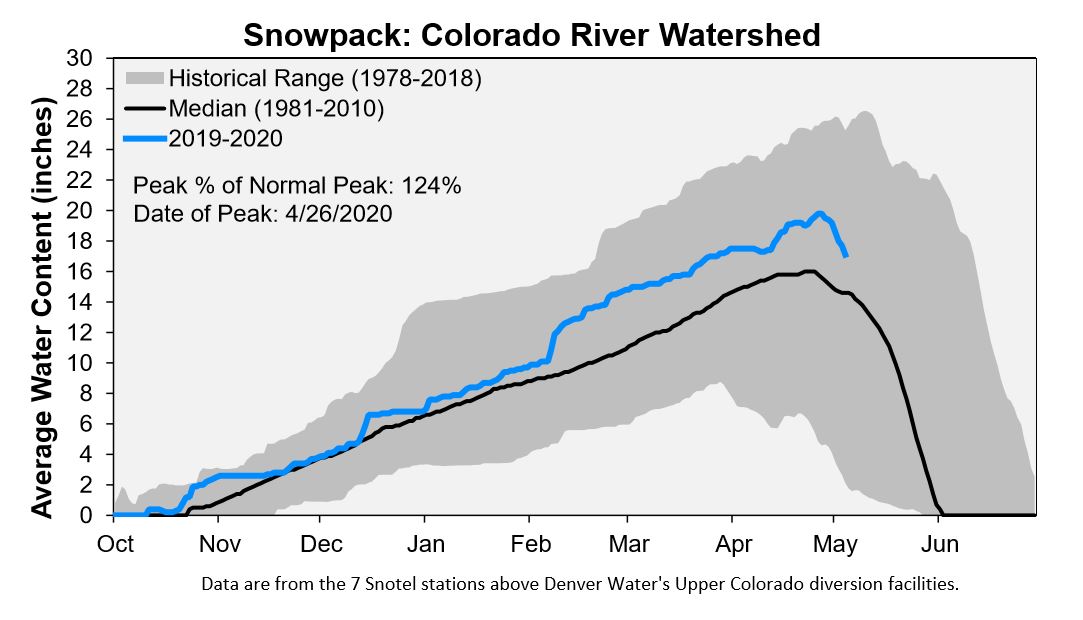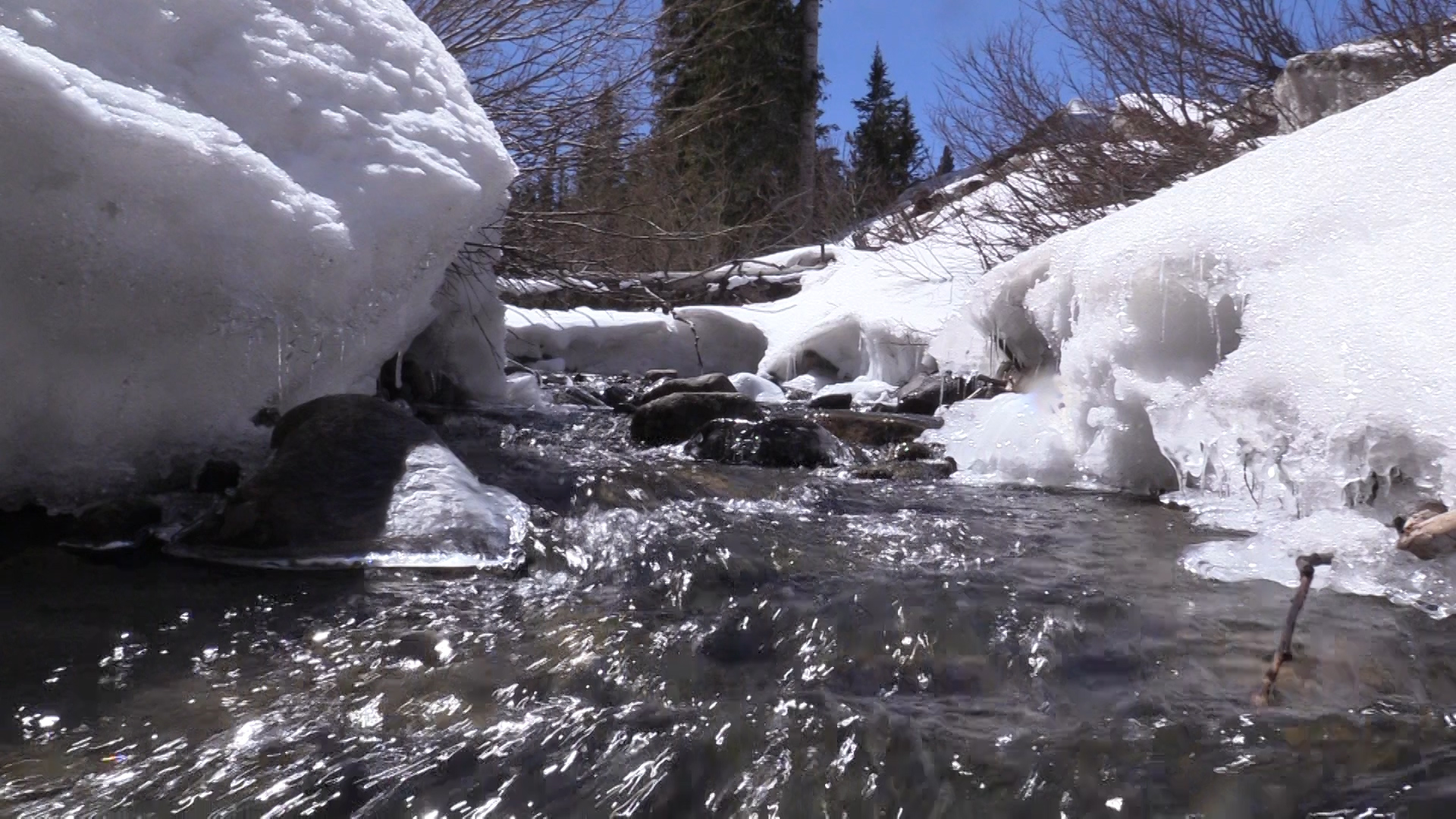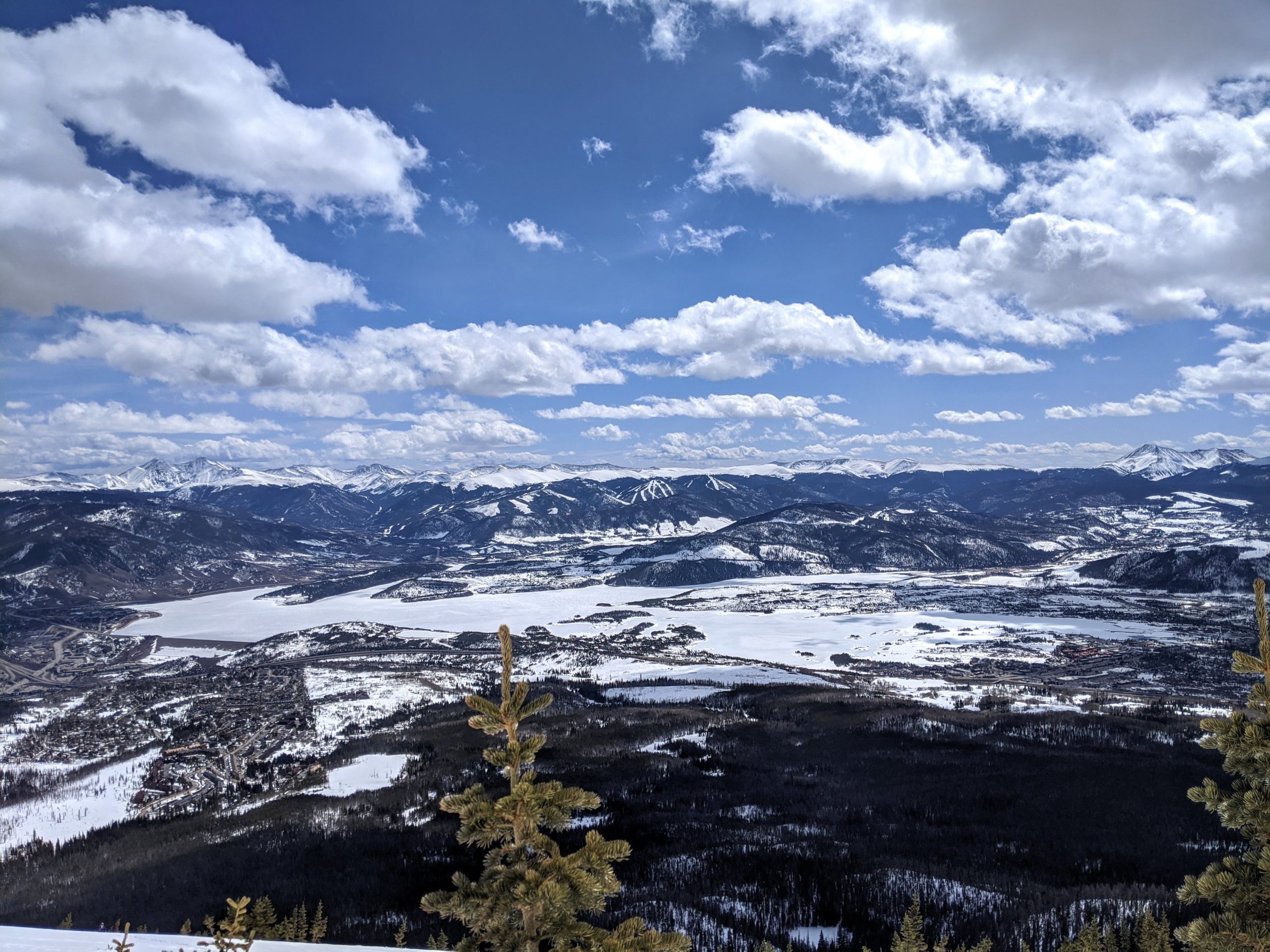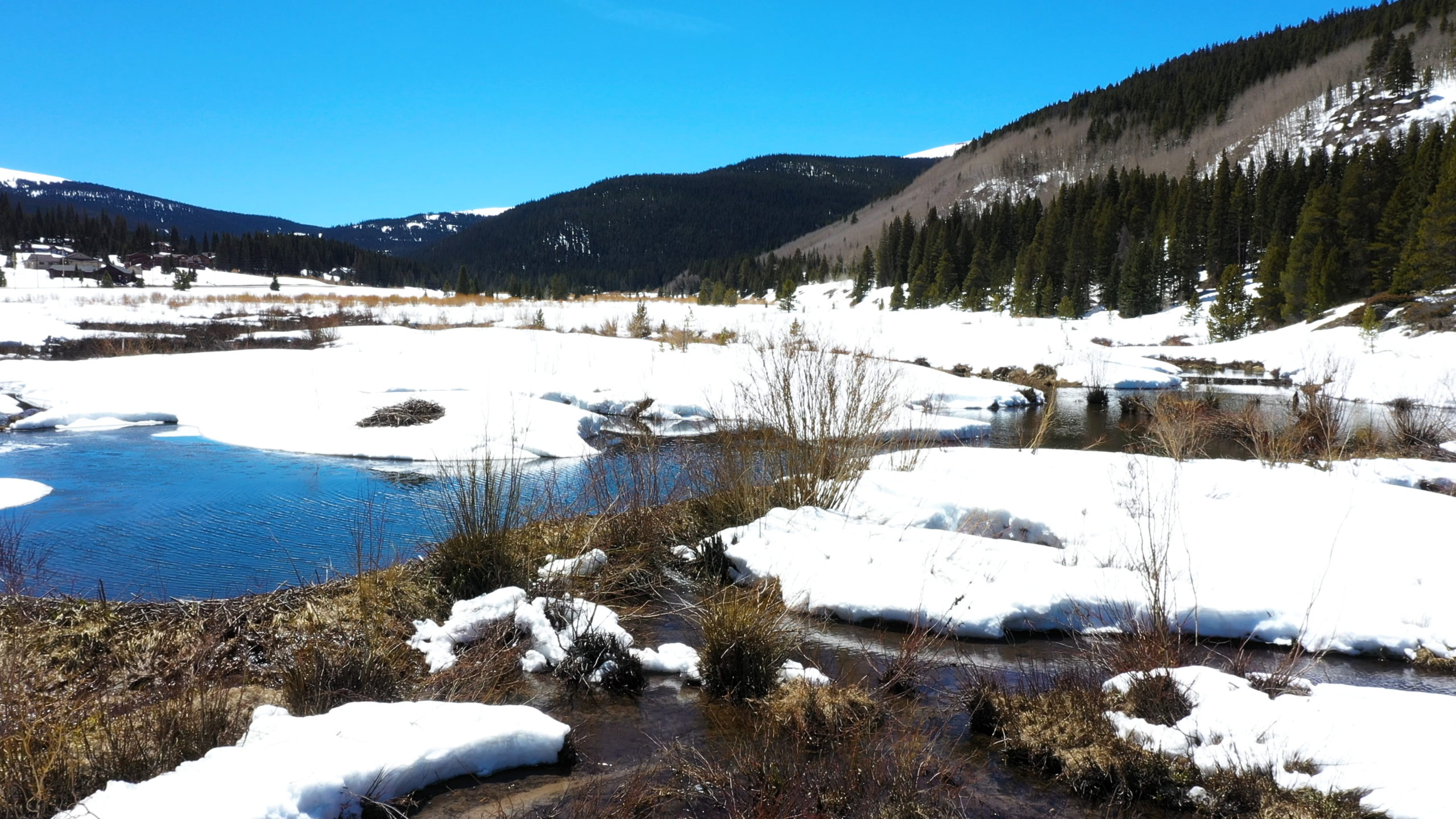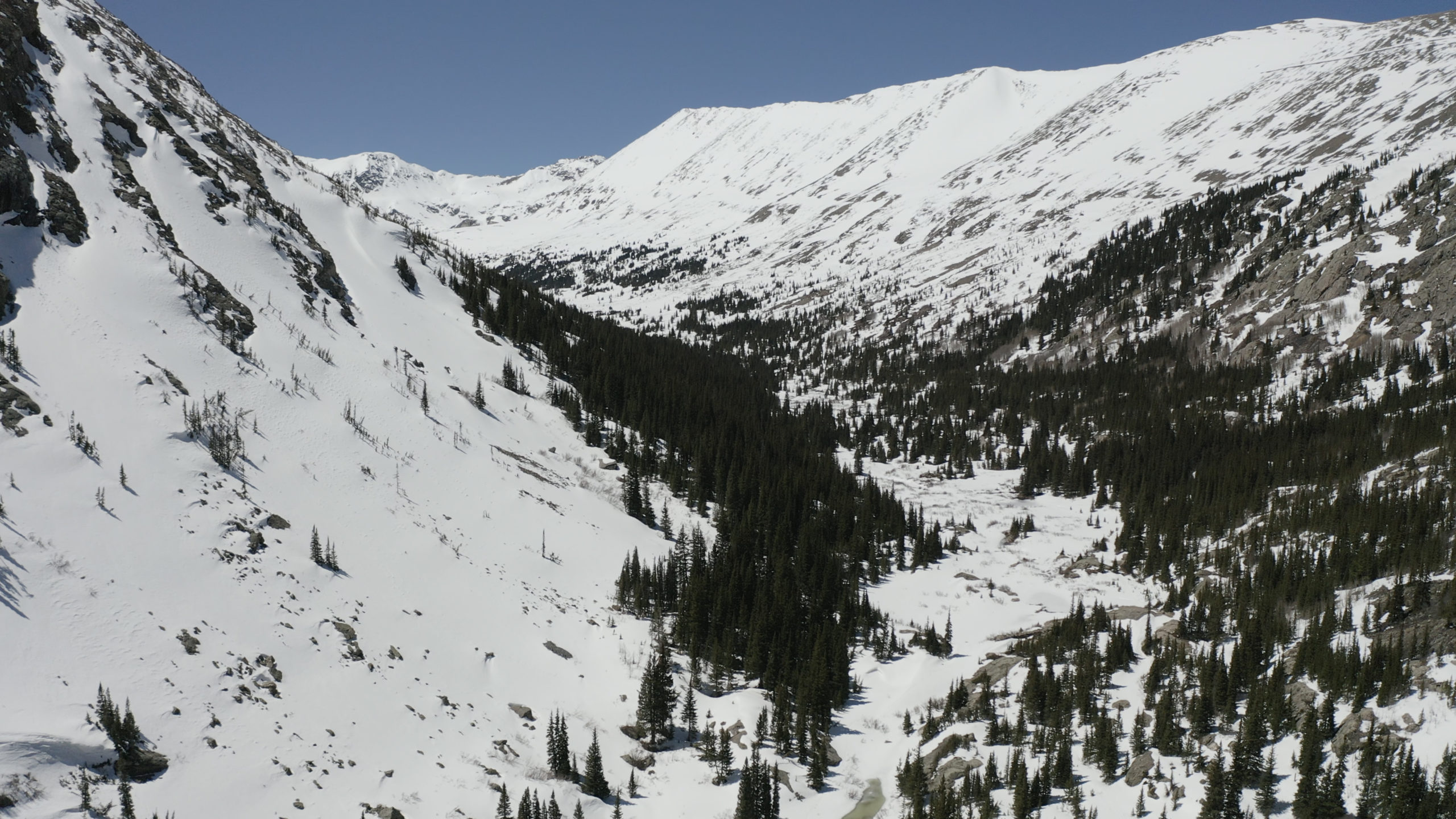
Mountain runoff comes early after snowpack hits 2020 peak
Colorado’s mountain snowpack has reached its peak level for the 2019-20 season and warmer weather has the spring runoff in full swing.
The good news is that in Grand, Park and Summit counties, where Denver Water captures the majority of the snow it uses for its water supply, the snowpack this year peaked above normal.
Now, the waiting game is on to see not only how much snow will end up in the utility’s reservoirs but also when it will arrive.
“Runoff season is an exciting time of year,” said Nathan Elder, water supply manager at Denver Water. “We’ve been watching the snow pile up since October and now we’re watching it come down the mountains.”
Snowpack and reservoir levels
Denver Water’s reservoirs follow an annual cycle where they fill up in the spring as the snow melts and then water levels drop over the summer, fall and winter as its customers use that water for drinking, cooking, toilet flushing, showering and irrigation.
Snowpack levels are important because they are the primary source of the water Denver Water provides to 1.5 million people in Denver and surrounding suburbs.
For the 2019-20 snow season, the snowpack in the Upper South Platte and Upper Colorado River basins peaked April 26 at 125% and 124% of normal respectively. The timing of the peaks is right around average for both basins.
The most important part of snowpack numbers is the Snow Water Equivalent, or SWE. That’s the amount of water that would be left behind if all the snow melted all at once.
In the Upper South Platte River Basin, the SWE peaked at 14.8 inches. In the Upper Colorado River Basin, the SWE hit 19.8 inches.
To put these numbers in perspective, the Colorado Basin River Forecasting Center predicts this year’s snowpack above Dillon Reservoir in Summit County contains 175,000 acre-feet of water that will eventually make its way into the reservoir. Denver Water calculates that one acre-foot of water is enough to supply four single-family households for one year.
“Dillon is Denver Water’s largest reservoir and, based off the snowpack measurements and the predictions, we’re expecting Dillon and all of our reservoirs to fill by late June,” Elder said. “This is good news for our customers in the metro area, because it means we’ll have a good supply of water for the coming year.”
Early runoff
Elder said this year’s runoff season started fast, then slowed a bit and appears to be about one week ahead of average in Park County where the South Platte River begins. In Grand and Summit counties, the snow is melting at about an average pace.
Since the snowpack reached its peak in late-April, the snowpack as of May 11 in the Upper South Platte and Upper Colorado river basins stood at 73% and 113% of normal respectively. The Upper South Platte typically melts off faster than the Upper Colorado due to its lower elevation.
“Last year, the runoff dragged into late-June and July due to late-season snow and cold weather. This year it’s been warm and dry since late-April and that’s triggering the earlier start to runoff,” Elder said. “We prefer a long, slow runoff because it makes it easier to match our water supply with water demand in the city.”
Elder noted that once reservoirs are full, Denver Water is unable to capture additional runoff that could be saved for later.
Like the seasonal snowpack, the spring runoff also has its own peak point.
On average, the runoff into Dillon Reservoir peaks on June 8, when snowmelt from the Blue River, Snake River and Tenmile Creek combines to send the highest amount of water rushing into the reservoir. In 2020, Elder said the runoff into Dillon is likely to peak at the end of May.
Blue River water levels in Summit County
Elder said people in Summit County always need to be ready for high water along the Blue River below Dillon Dam during runoff season. That’s because Denver Water manages Dillon Reservoir for water supply, not flood control.
Elder is hopeful there won’t be any high flow issues this spring in Silverthorne but said the community needs to be prepared and understand the risks of living and recreating along the Blue River.
“We do our best to keep outflows from the dam under control, but if there is a fast runoff due to warm temperatures and then we also get hit with intense rainfall, there could be high water or flooding downstream,” he said.
High water levels lead to dangerous conditions for rafting and fishing. They also can lead to trail and road closures in low-lying areas and impact properties near the river.
Elder encourages property owners below the dam to sign up for Denver Water’s email alerts on outflows from Dillon Reservoir.
In terms of the upcoming boating season on Dillon, Elder said that with this year’s snowpack, he expects Denver Water will be able to meet its annual goal of keeping the reservoir elevation at suitable levels for Frisco and Dillon marinas to operate from Memorial Day through Labor Day.
While Denver Water operates the reservoir, local town officials are in charge of operations at the two marinas and have indicated they’re looking forward to opening the boating season this year.
“For Denver Water, the months of April through July are often like a rollercoaster, with many ups and downs in the weather and snowmelt,” Elder said. “Our job is to make sure we’re managing our reservoirs to ensure a reliable water supply while also providing information about water levels to property owners, community leaders and recreation enthusiasts.”
Looking ahead
Hot and dry weather is creeping back into Colorado. As of May 11, about 76% of the state was classified as being in some form of drought according to the U.S. Drought Monitor. However, Denver Water’s collection area and other parts of the northern and central mountains were classified as drought free.
Denver Water pays close attention to these conditions as temperature and precipitation in the mountains and Front Range impact runoff, water demand and water supply.


